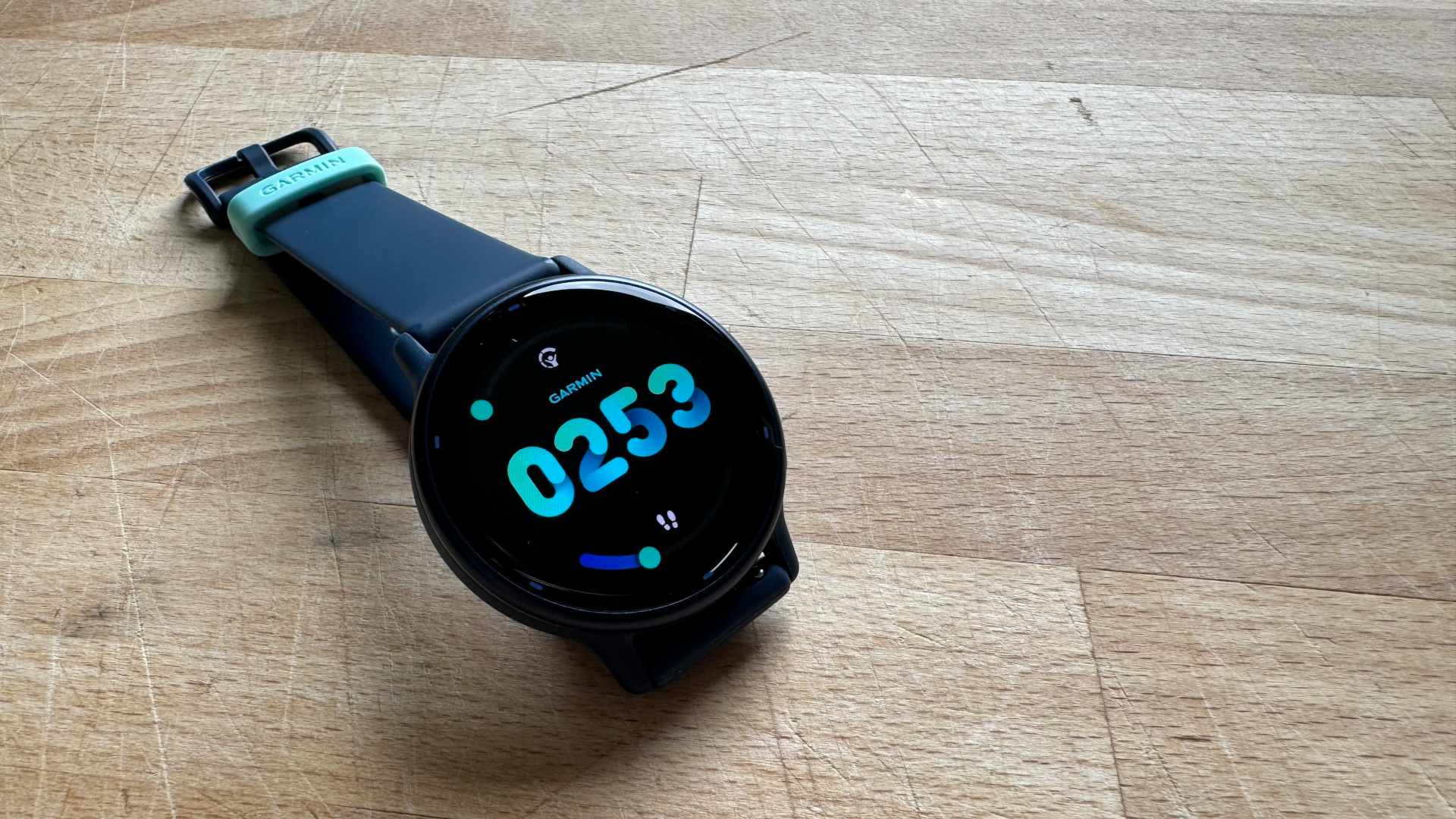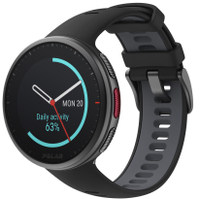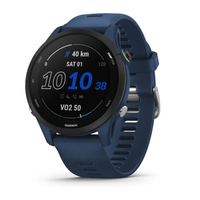TechRadar Verdict
The Garmin Vivoactive 5 offers more sports and health tracking metrics than most will need while staying compact and easy to see with that stunning AMOLED display. But this lacks some features that may sway you to pay more for a Forerunner.
Pros
- +
Upgraded AMOLED display
- +
On-watch music streaming
- +
Powerful health and sports tracking options
Cons
- -
Minimal buttons
- -
No barometric altimeter
- -
No Training Readiness
Why you can trust TechRadar
Garmin Vivoactive 5: One-minute review
This Garmin Vivoactive 5 review has found this latest sports and health tracking wearable a contender among the best running watches, placing it against the Garmin Venu 3 and even punching up at some of the Forerunner options. The Vivoactive 5 is cheaper than many a Forerunner, but still offers a stunning AMOLED display and over 30 sports tracking options, plus sleep and stress tracking, to name a few health options.
All that places the Vivoactive 5 as an excellent watch for those with an active lifestyle, who might not be power users or marathon runners. It's certainly vying for a spot as one of the best fitness trackers, and thanks to notification functionalities, its pebble-style design and of course that rich display, it even starts to make a play as an Apple Watch competitor.
While this model doesn't feature solar charging and sits at a very slim 11mm thin, making it smaller than the Vivoactive 4, it actually offers a more efficient 11-day top-end battery life. Slimmer and longer-lasting? A great sign for a sequel, especially when you consider the Vivoactive 5 retains a lot of the top-end fitness tracking, GPS-powered workout stuff that makes the best Garmin watches great.
You might also find the older models in the range suit your needs just fine (and will save you money too, compared to picking up a brand new model), so a look at our guide to Garmin Vivoactive 3 vs Garmin Vivoactive 4 might help you choose.
Garmin Vivoactive 5: Specifications
| Component | Garmin Vivoactive 5 |
| Price | $300.00 / £259.99 / AU$499 |
| Dimensions | 42.2 x 42.2 x 11.1 mm |
| Weight | 36g |
| Case/bezel | Fiber-reinforced polymer |
| Display | 390 x 390 px, AMOLED |
| GPS | GPS+Glonass+Galileo |
| Battery life | 11 days |
| Connection | Bluetooth 5.2, ANT, Wi-Fi |
| Water resistant? | Yes, 5ATM |
Garmin Vivoactive 5: Price and availability
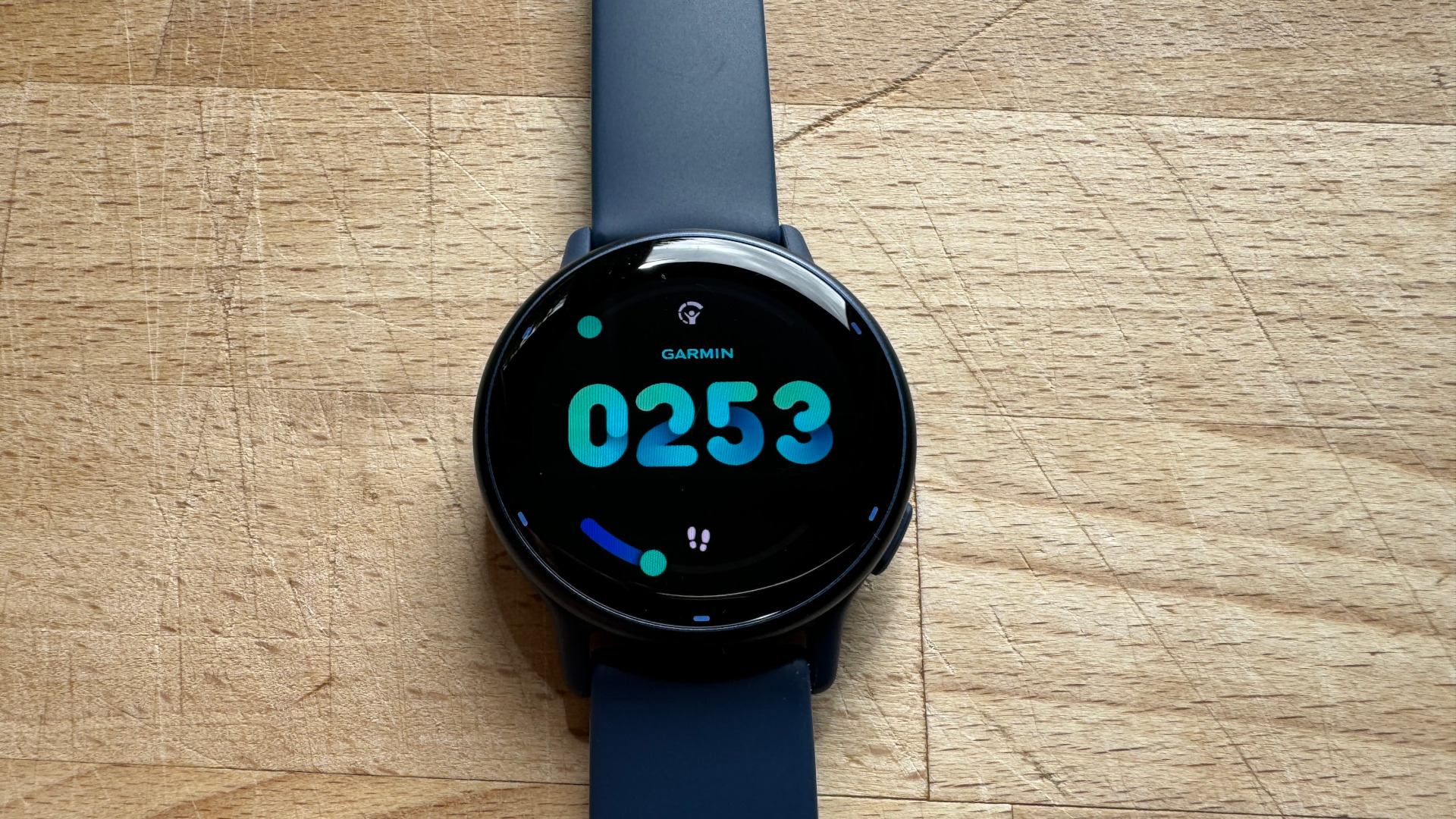
- £259.99 in the UK
- $300 in the US
- AU$499 in Australia
The Garmin Vivoactive 5 was launched on September 20, 2023 with availability to buy beginning in December, worldwide.
It was priced at $300 (£259.99 in the UK, and AU$499 in Australia) at launch, but can now be snapped up for around $249, at time of publishing. That’s a little less than the Garmin Forerunner 645 Music, and loads less than a Fenix 7 or Garmin Forerunner 965.
The Vivoactive 5 is a decent way to get Garmin watch tracking without costing you too much. If you want a more affordable alternative, you could opt for the Vivoactive 4.
- Value score: 4/5
Garmin Vivoactive 5: Design and screen
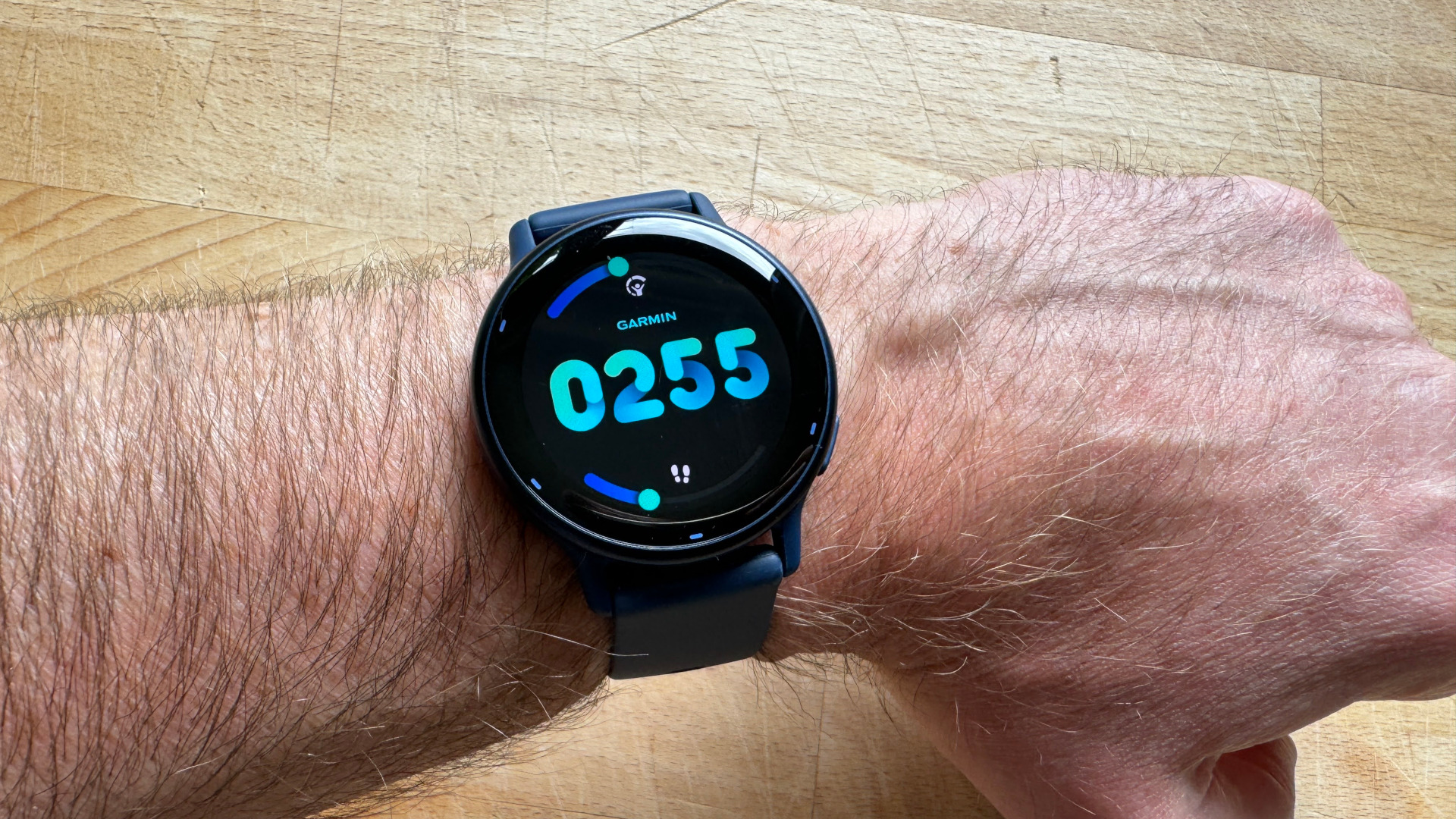
- Dimensions of 42.2 x 42.2 x 11.1 mm
- 5ATM water resistance
- 1.2-inch AMOLED display
- Gorilla Glass 3 screen protection
The Garmin Vivoactive 5 hasn't changed much in form since a few models back but that is largely thanks to it being a very efficient and effective design that just works. You have a slimmer body than ever now at just over 11mm and it comes in a single 42mm size.
The screen is protected by Gorilla Glass 3, meaning you won't need to worry too much about scratches, despite that slightly raised glass finish – which looks great but leaves it more exposed to damage.
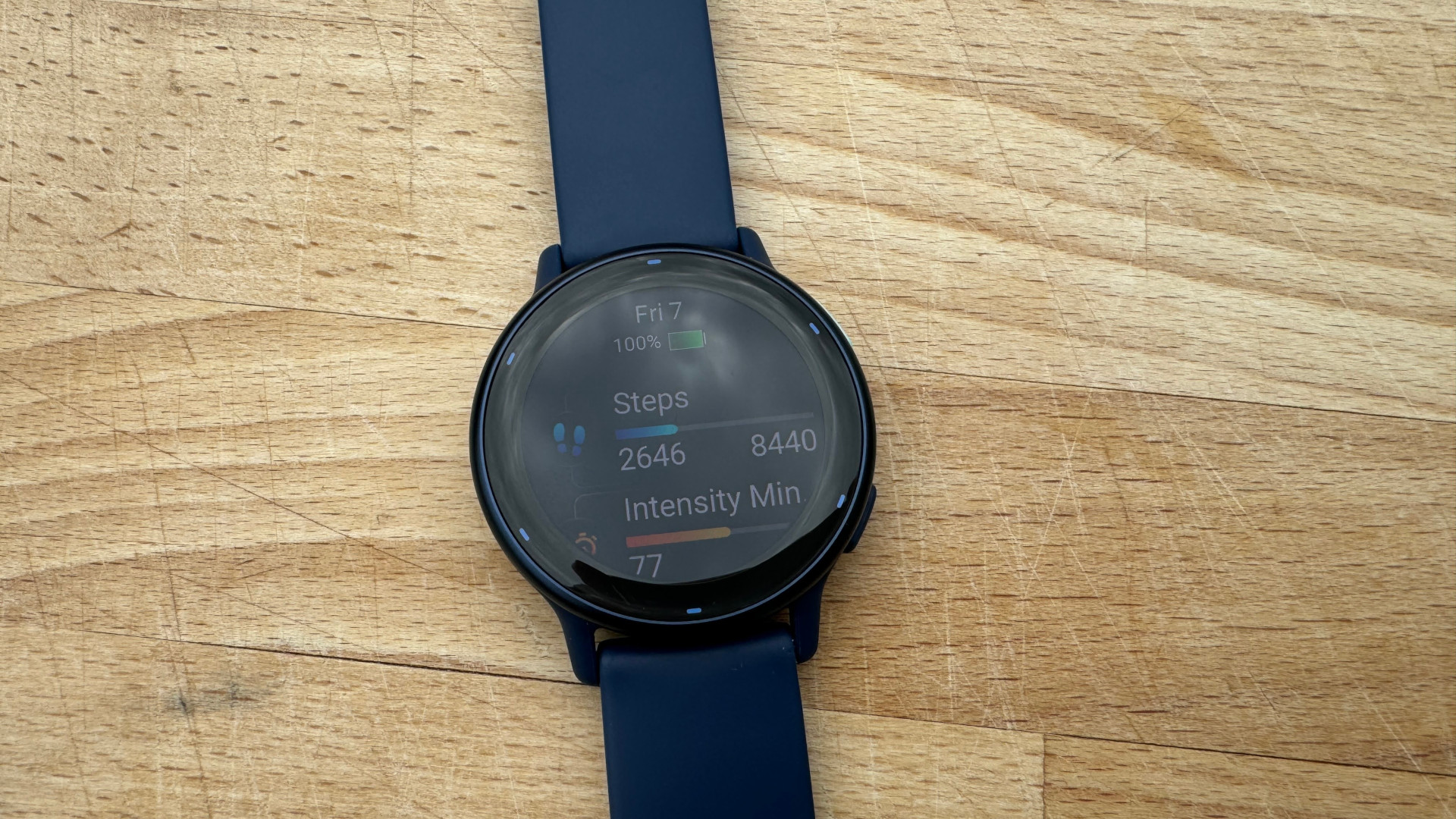
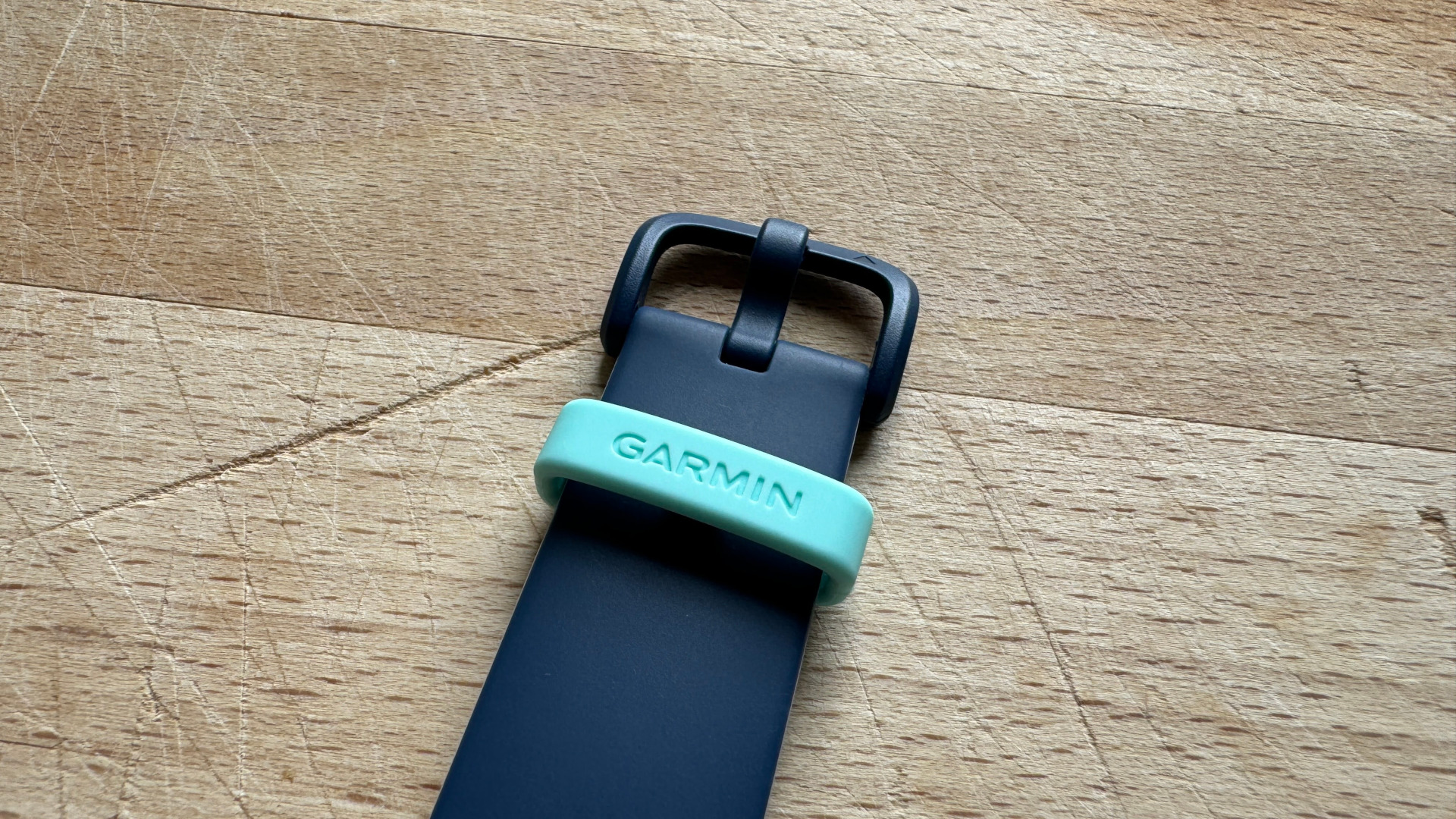
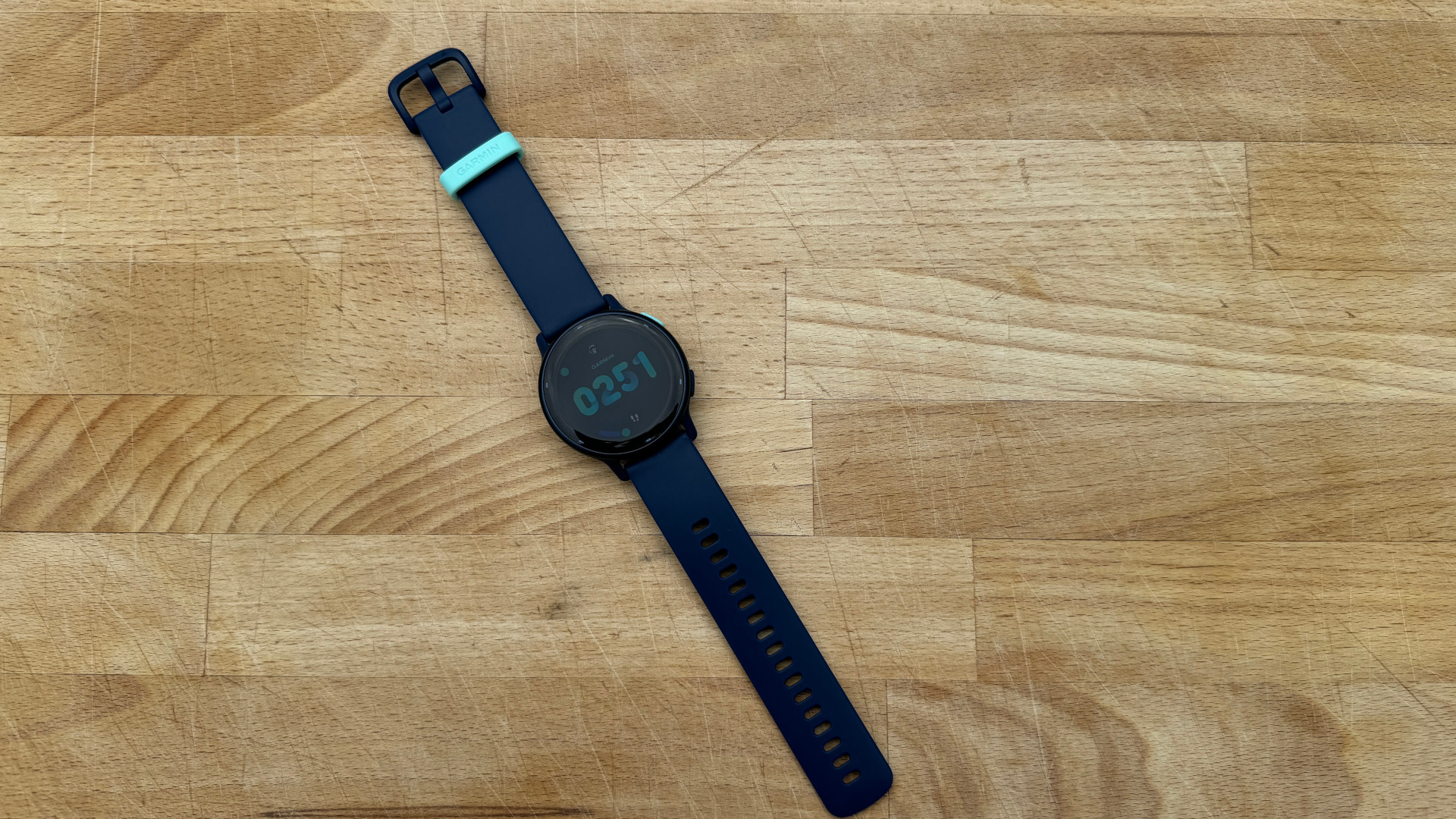
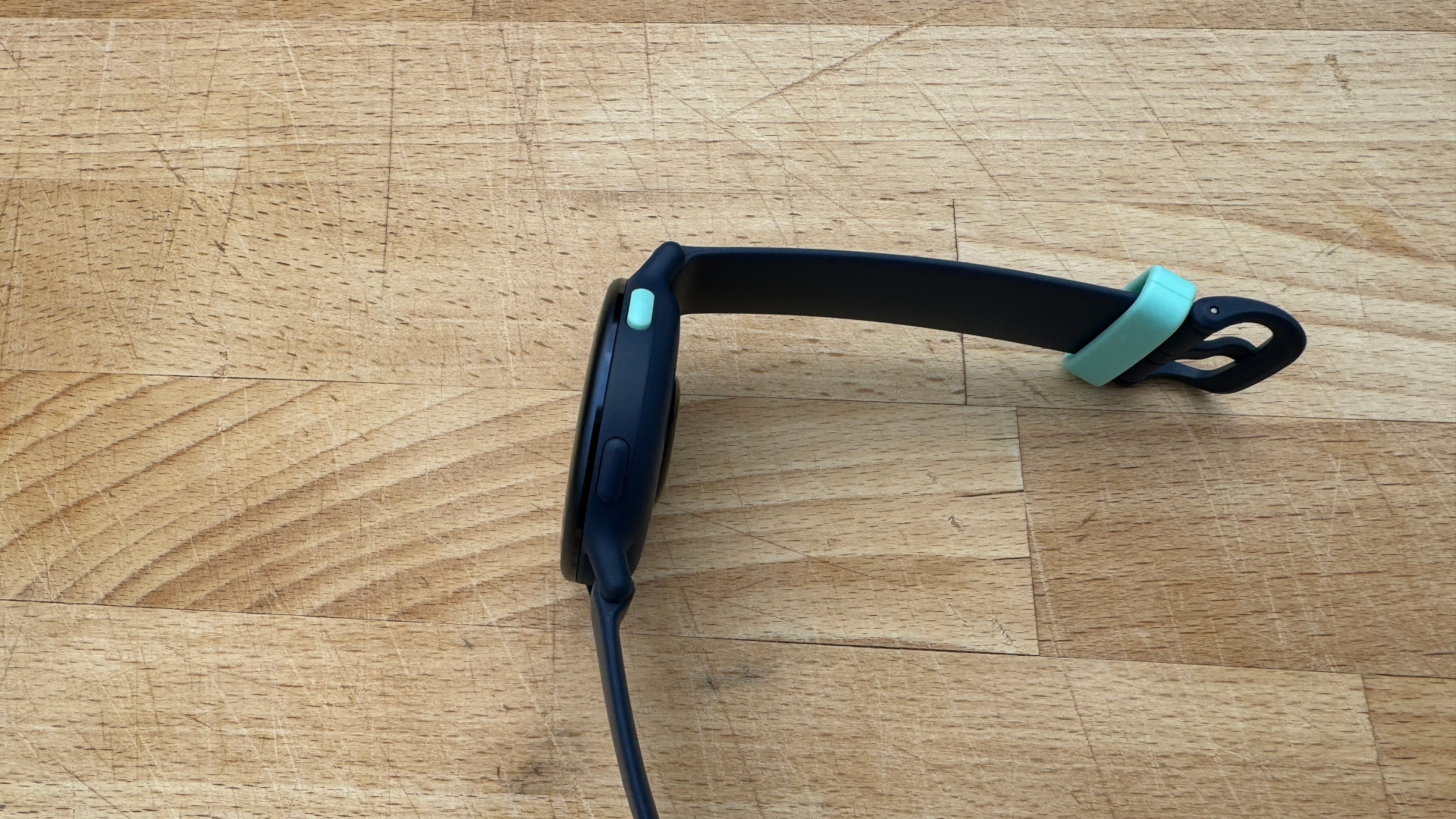
The Vivoactive 5 is a little smaller, as well as slimmer, than its 45mm predecessor. But with that stunning high-res screen and longer battery life, it's a welcome change. The small watch itself combined with a silicone band makes for a barely noticeable wrist partner, which is great for sleep tracking and wearing overnight as well as all-day wear. While a Forerunner might feel a little more premium compared to the lighter finish here, with more plastic buttons, the trade-off for lighter watch which is less noticeable on your wrist is perhaps worth it.
Thanks to that 5ATM water resistance, you don't even need to take the watch off in the shower and can use it for swim tracking, in pool or sea as needed.
The Garmin Vivoactive 5 has a 1.2-inch AMOLED screen, upgrading the previous MIP display. This is a really bright and colorful display, which means clarity in direct sunlight as well as in use underwater. Crucially, this display is also more efficient, meaning it actually saves battery compared to the MIP display while looking better than ever.
The resolution is high, so you can read a lot of text on that small screen with ease. The colorful finish makes details clear and brighter, while also giving Garmin the chance to enhance its layout. The new layout makes it easier to read notifications without having to reach for your phone than a lot of other Garmin watches, even the ultra-premium ones.
You will likely be able to use this fuctionality for more features in future, like Ring doorbell alerts. To be clear, you'll need the Venu 3 for that right now, but a Garmin software update is all it could take to get the Venu 3's Ring doorbell interaction on the Vivoactive 5 in future, thanks to that do-it-all display.
- Design score: 4/5

Garmin Vivoactive 5: Features

- Attractive and clear layout
- Useful shortcuts
- Two hardware buttons
The Vivoactive range only has two buttons, unlike the Forerunners or Fenix, which have five. This means touchscreen is the main interaction point and that works very well, with minimal smudges and marks on that resistant glass.
Touch a button to start or stop a workout, while the other can be used to track laps or workout segments. It's simple but works well, with the touchscreen during exercise reserved largely for flicking between data screens.
You have access to over 30 sports tracking options from the get-go, plus this uses the Garmin Connect IQ store for even more health and smart app options available from third-party developers. Although it's worth noting these can be a bit flakey at times, you can't judge the Vivoactive 5 as a unit on the merits of third-party app developers. Besides, I think it's quite charming, like using the internet in the nineties.
Long-press the buttons for shortcut access to useful features like watch controls or clocks and settings. These can be edited too so you do feel in quick control without much menu diving needed.
- Features score: 4/5
Garmin Vivoactive 5: Performance

As previously mentioned, the Garmin Vivoactive 5 offers over 30 exercises to track, all with clear data screens that you can edit as you need. From the basics like running, cycling and swimming, to slightly more esoteric activities like golf, yoga and SUP – this has more than enough for most needs.
What makes the metrics really useful, aside from accurate GPS and HR monitoring, is the data on health. Pulse OX looks at your oxygen levels and Respiration monitors breathing rate which is helpful in periods of rest, sleep or during yoga. Body Battery is a tried-and-true Garmin Watch metric used to offer a window into how hard you're pushing yourself. That said, there is no Performance Condition or Training Readiness Score here, which is a shame, but you can still use Body Battery to get a good idea of when to rest and push.
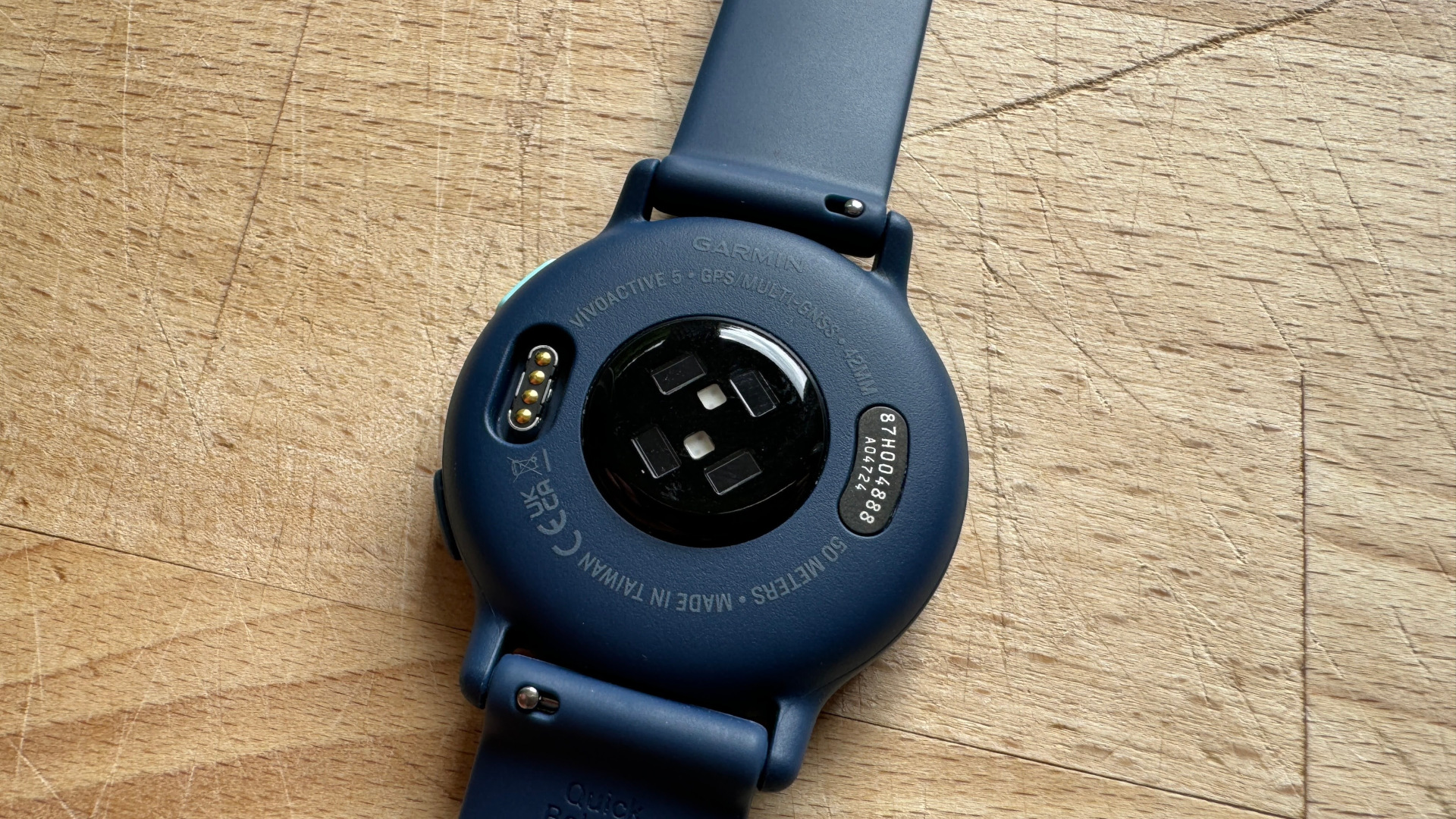
It's worth noting that this is a very impressive sleeper entry into the best golf watch ring. You can even connect to club sensors for super-rich data metrics in addition to the wealth of health tracking options on offer here.
The lack of Training Load is a shame, as this metric places your exercise into context and really helps when training hard, so you can see when to push yourself and what type of exercise will benefit your training – aerobic versus anaerobic, for example. Also having a number of hours to rest is a helpful figure to work with – and lets you feel you've earned a rest. This is all sadly lacking in the cheaper Vivoactive range, and available on more premium Garmin watches.
The GPS acquisition is definitely slower than on the Forerunners. That said, after an initial connection in a location taking over a minute, it was faster during subsequent tests at under 30 seconds. Accuracy was high once out and training, with HR and GPS both performing comparably to the Forerunner 965 when tested side-by-side. The Vivoactive 5 features the same Elevate V4 heart rate sensor, also on the 965, it would have been nice to see the more advanced V5 found on the Venu 3. Still, these omissions help keep the cost down, eliminating barriers to entry.
The screen offers lots of data options while training and thanks to the clarity of the AMOLED screens, these are genuinely useful, flitting between them all by using the touchscreen. However, the swimming workout profile locks the touchscreen down to avoid water-based touchscreen inaccuracies. On that subject, swimming lengths were measured very accurately, even when I changed between stroke types every few lengths.
For the price point, the fact this features an SpO2 oxygen saturation monitor is impressive. This is able to track two sets of data at once, using green and red lights, making it a lot more data-rich and accurate in other extrapolated metrics than lower-end watches.
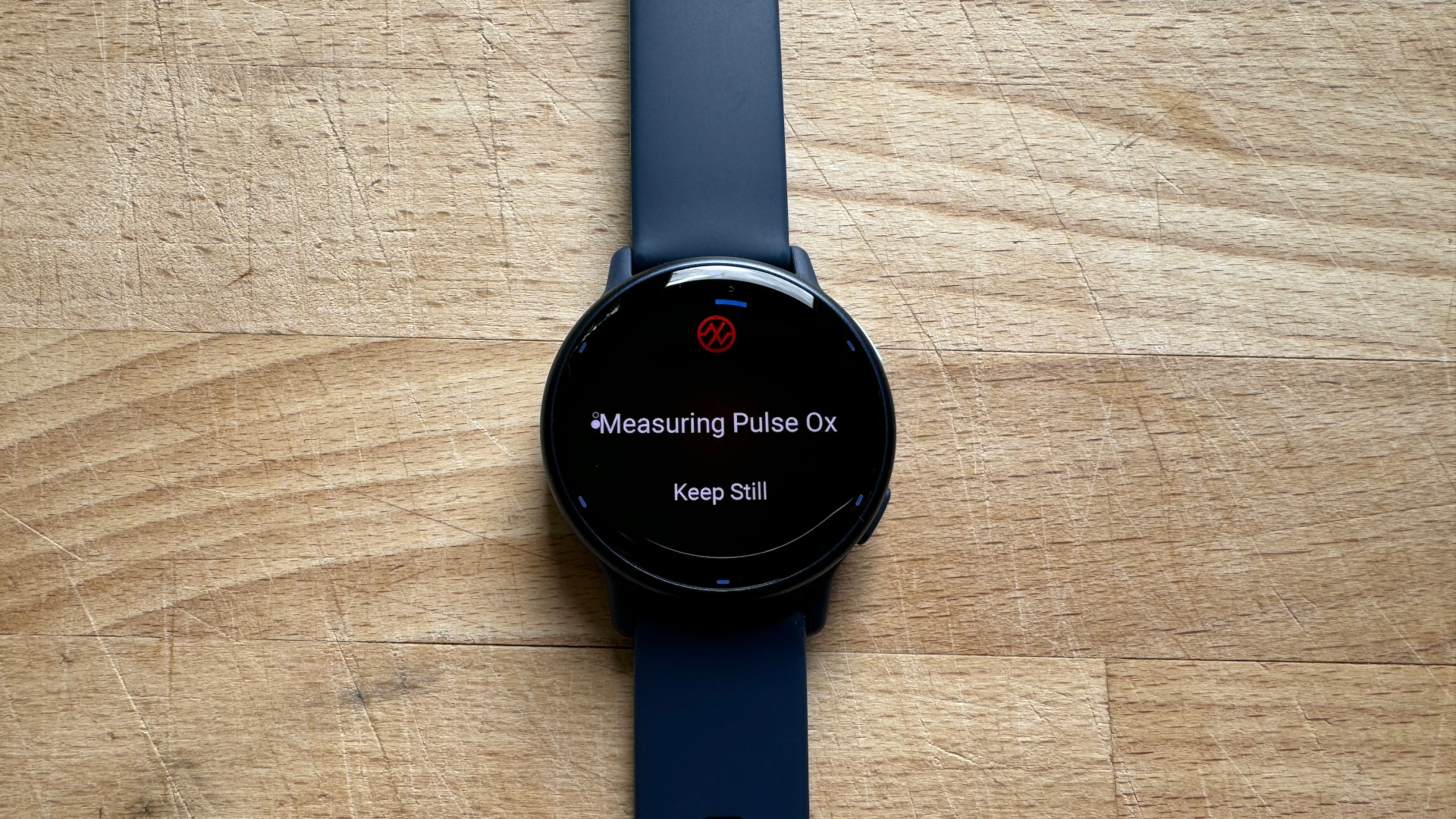
There is a lack of altimeter and metrics to count the number of floors climbed which isn't a deal breaker, although that floors climbed alert is missed when you lose it as a daily measure of active movements.
Sleep data is helpful with REM, deep sleep and light sleep stages, along with pulse oximeter and breathing data for that night. All of that adds up to a competitive offering that gives lots of insight into sleep each morning. I enjoyed the Morning Report which showed changes if I had a poor night's sleep, had drank alcohol or was feeling under the weather.
Having music onboard the watch is a real appeal, as it means going out for exercise without your phone as you connect Bluetooth headphones directly to the watch.
While you can store music onboard, realistically most people will prefer to use Spotify or Deezer and simply save playlists offline on the device. You need a paid subscription to the streaming service in question for these features and the controls aren't great, but it does work and is welcome at this price point.
The Vivoactive 5 initially lacked Garmin Pay in the UK, but that has now rolled out so you can tap to pay and truly explore phone-free.
Notifications from your phone apps work well, with WhatsApp allowing you to read messages as you go without the phone being opened. The options are minimal so it's not an Apple Watch competitor in that way, but is useful enough to stop you reaching for your phone as much.
Apps offer some useful information on your wrist like the weather or sunset times or useful surf data. It's all basic but can be genuinely useful.
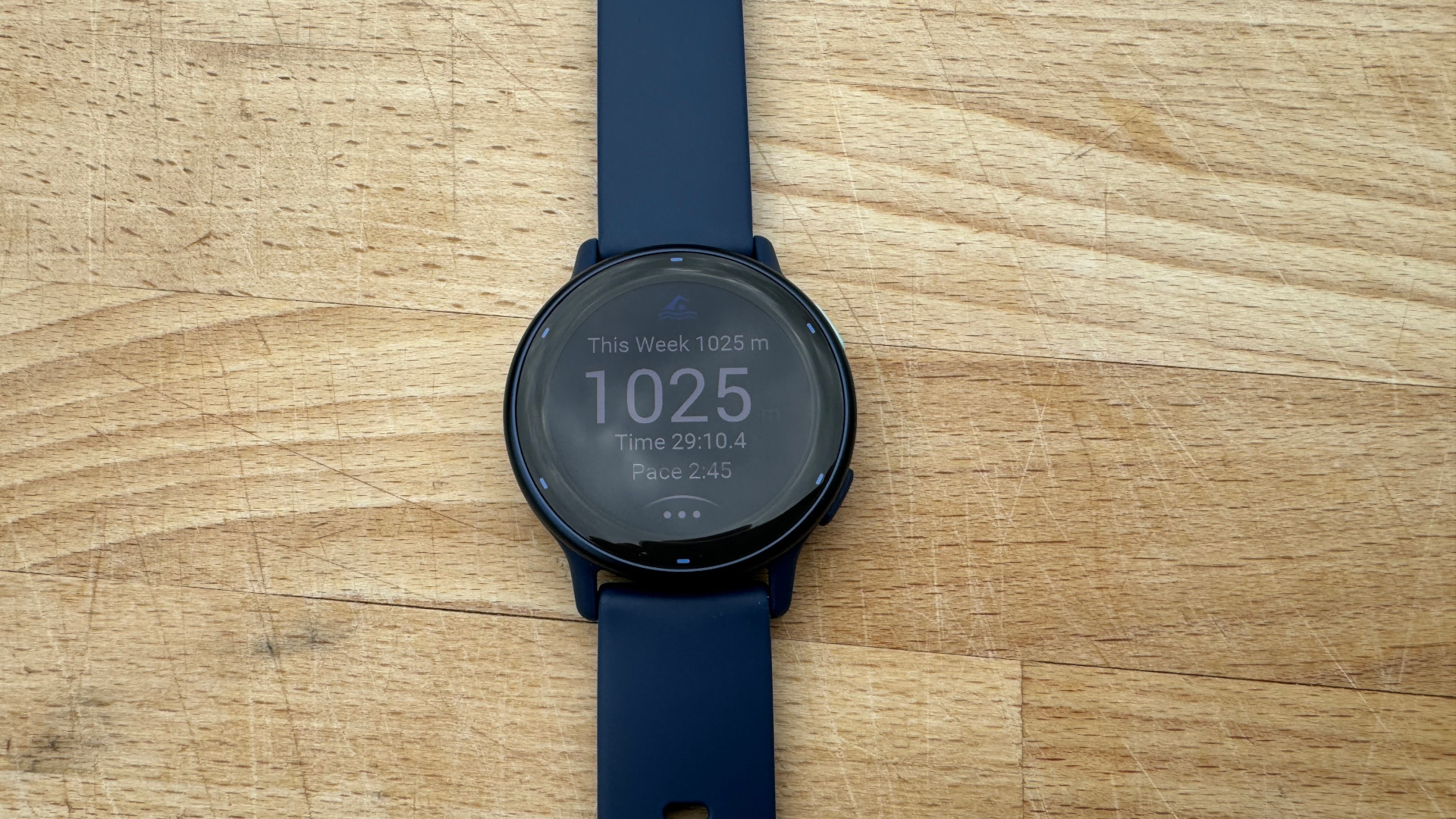
The Garmin Vivoactive 5's layout is modular, like other Garmins, so you can arrange to sort your most-used training profiles to the top of the menu, making getting started easy. But it can get cluttered with automatic recommendations, so it's best to put some time into tidying every now and then to make sure it's running at maximum efficiency.
Garmin says the Vivoactive 5 gets you 11 days on a charge, or six hours of GPS tracking with music or 18 hours without. In real world use that worked out to about a working week's worth of use with several GPS-tracked sessions, without music. That means going away for a weekend, with plenty of training, should mean you won't need to charge the watch until the middle of the following week. That's exactly what you want at this price point.
This is not the best Garmin for battery, by a long shot, but it does the job more than well enough while remaining extremely compact.
The charger uses a proprietary charger, which fits most Garmin devices and plugs into a USB-C port for a full charge in about an hour.
- Performance score: 4/5
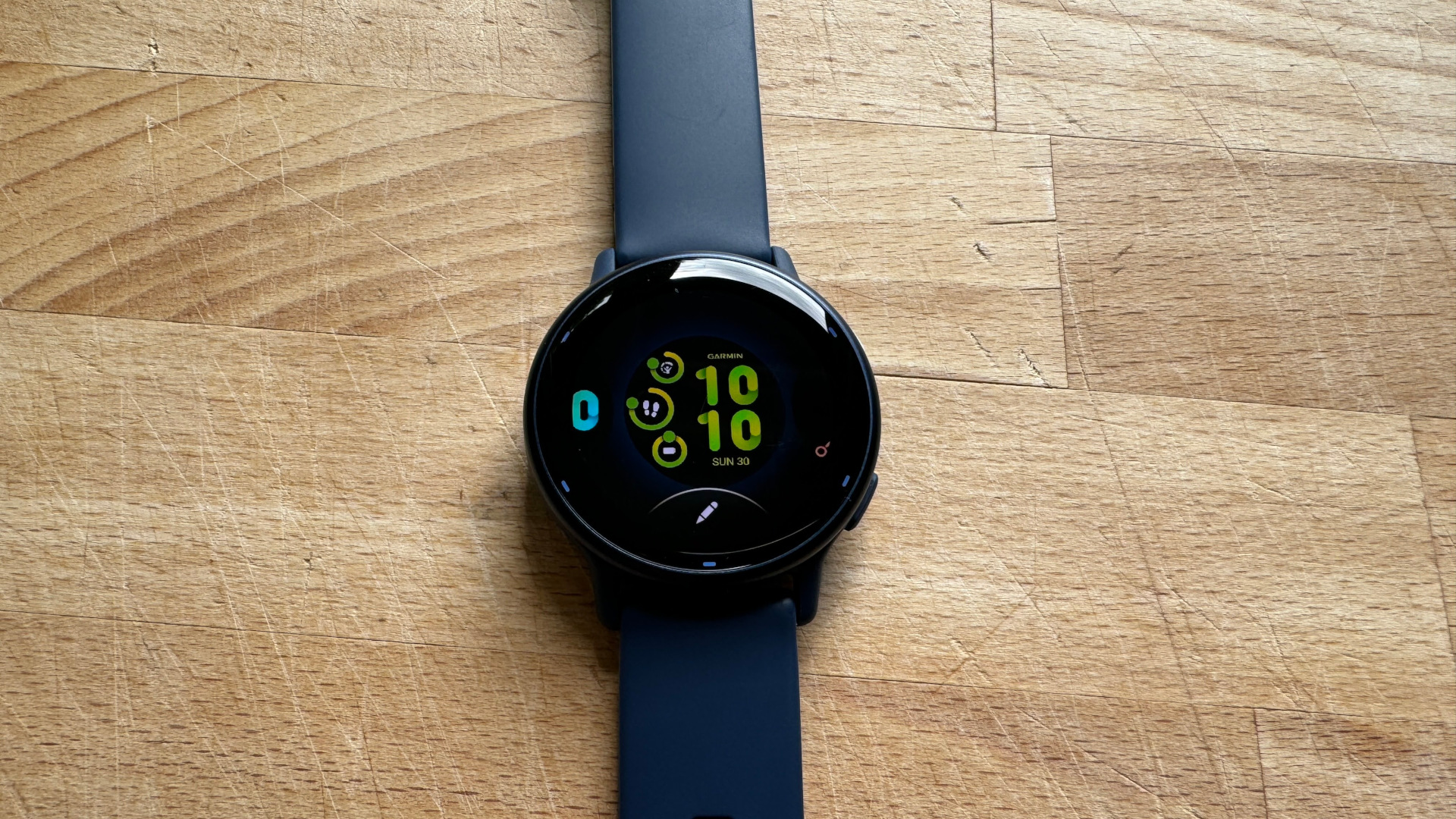


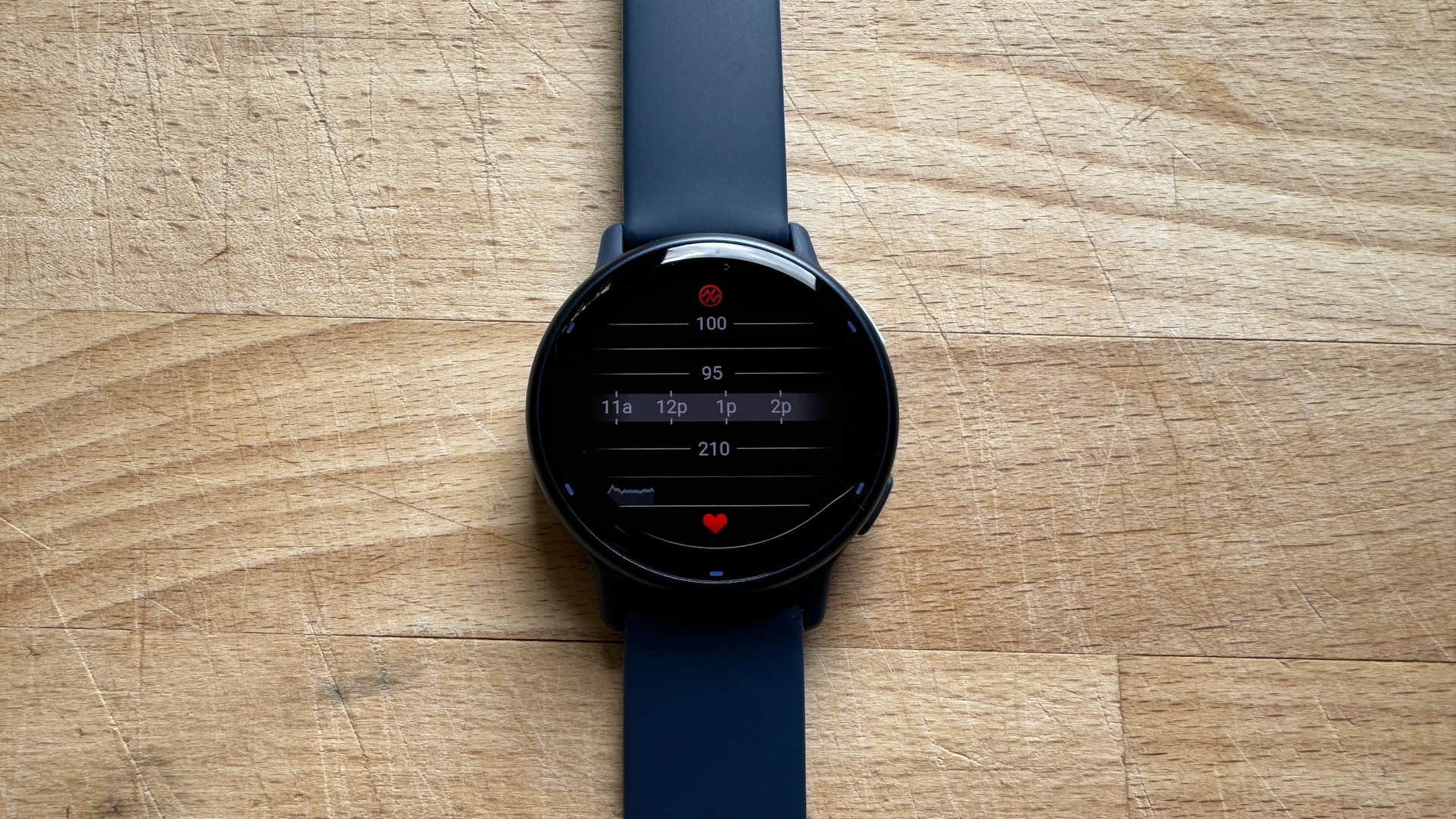
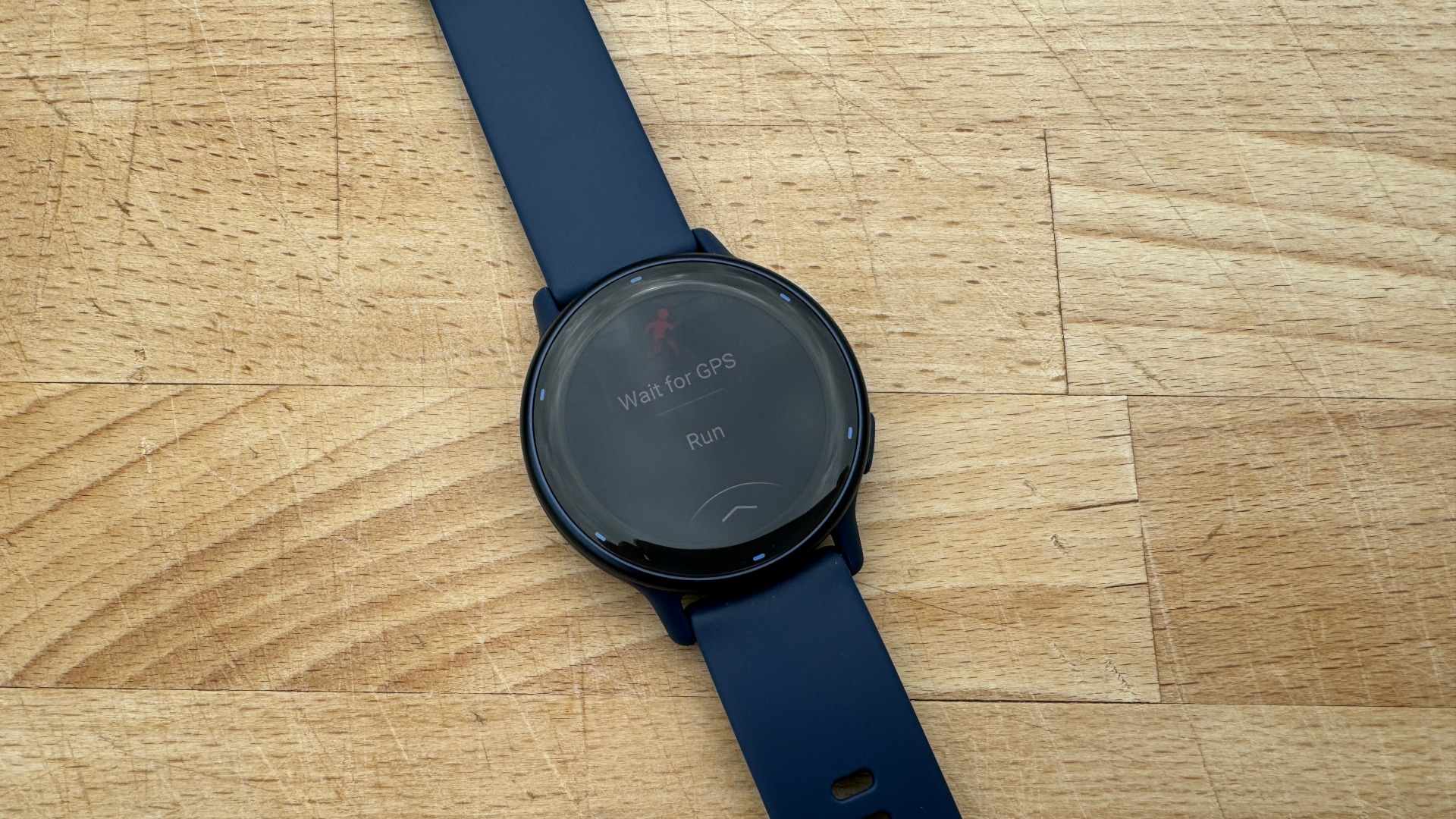
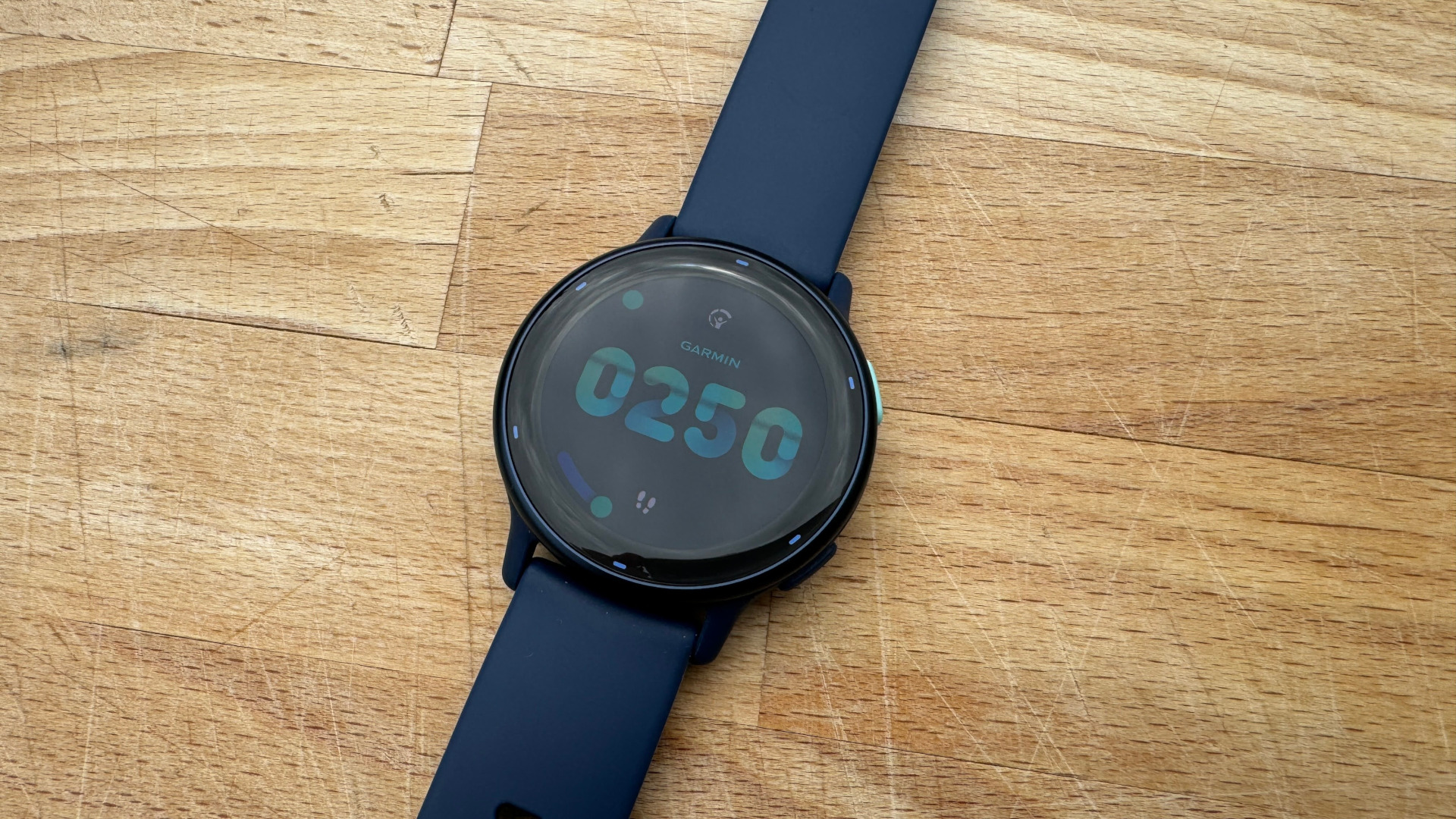
Garmin Vivoactive 5: Scorecard
| Category | Comment | Score |
| Value | Good value for the performance and features on offer here. | 4/5 |
| Design | Some corners cut to justify the price, but everything's been put into the fantastic AMOLED screen. | 4/5 |
| Features | 30 workout profiles, solid GPS, modular layouts and third-party apps. . | 4/5 |
| Performance | Great performance metrics, including more niche activities like swimming and golf. | 4/5 |
Garmin Vivoactive 5: Should I buy?
Buy it if...
You want a bit of everything
The Garmin Vivoactive 5 is great for an all round measure of health, fitness and lifestyle. This gives more than enough data to keep you healthy without overcomplicating things.
You're on a budget
The Garmin Vivoactive 5 is really affordable when you take into consideration how much you get for your money here, including that stunning AMOLED display.
Don't buy it if...
You have sports specific goals
If you want to drill into data to make sports progress using metrics then the Forerunner or Fenix series might serve you better, especially with Training Readiness features.
You want longer battery life
This does offer a powerful battery performance but there are far longer life options, some using solar, if that's your need.
Garmin Vivoactive 5: How we tested
Our reviewer wore the Garmin Vivoactive 5 as his primary smartwatch for over two weeks, and it accompanied him on some trips as well as during regular workouts. It was paired to a iPhone 15 Pro Max for the majority of the testing.
The tracking results were compared to historical results from the Garmin Forerunner 965 and Wahoo Tickr, as well as the built-in step counter on the smartphone to assess accuracy.
Garmin Vivoactive 5: Also consider
Garmin Vivoactive 5 just one of many considerations for you? Here's a trio of suggestions to look into:
Polar Vantage V2
A great multi-sport option perfect for runners. It doesn't hold music, but it can offer very sophisticated metrics and boasts an advanced suite of running features.
Garmin Forerunner 265
The more entry-level, cheaper Forerunner in Garmin's stable offers a great package of its key running features, plus one of it holds music. A great alternative for serious runners.
First reviewed: June 2024
Luke is a freelance writer and editor with over two decades of experience covering tech, science and health. Among many others he writes across Future titles covering health tech, software and apps, VPNs, TV, audio, smart home, antivirus, broadband, smartphones, cars and plenty more. He also likes to climb mountains, swim outside and contort his body into silly positions while breathing as calmly as possible.
